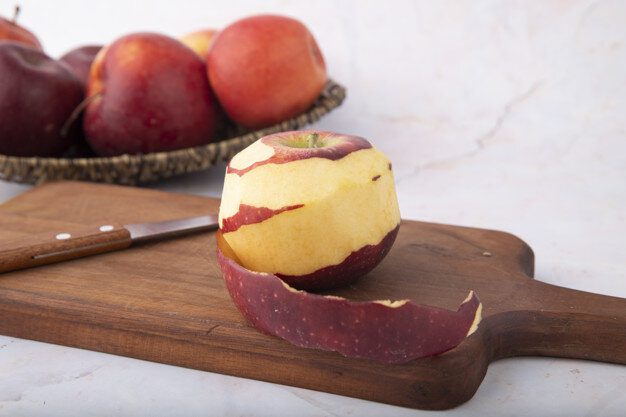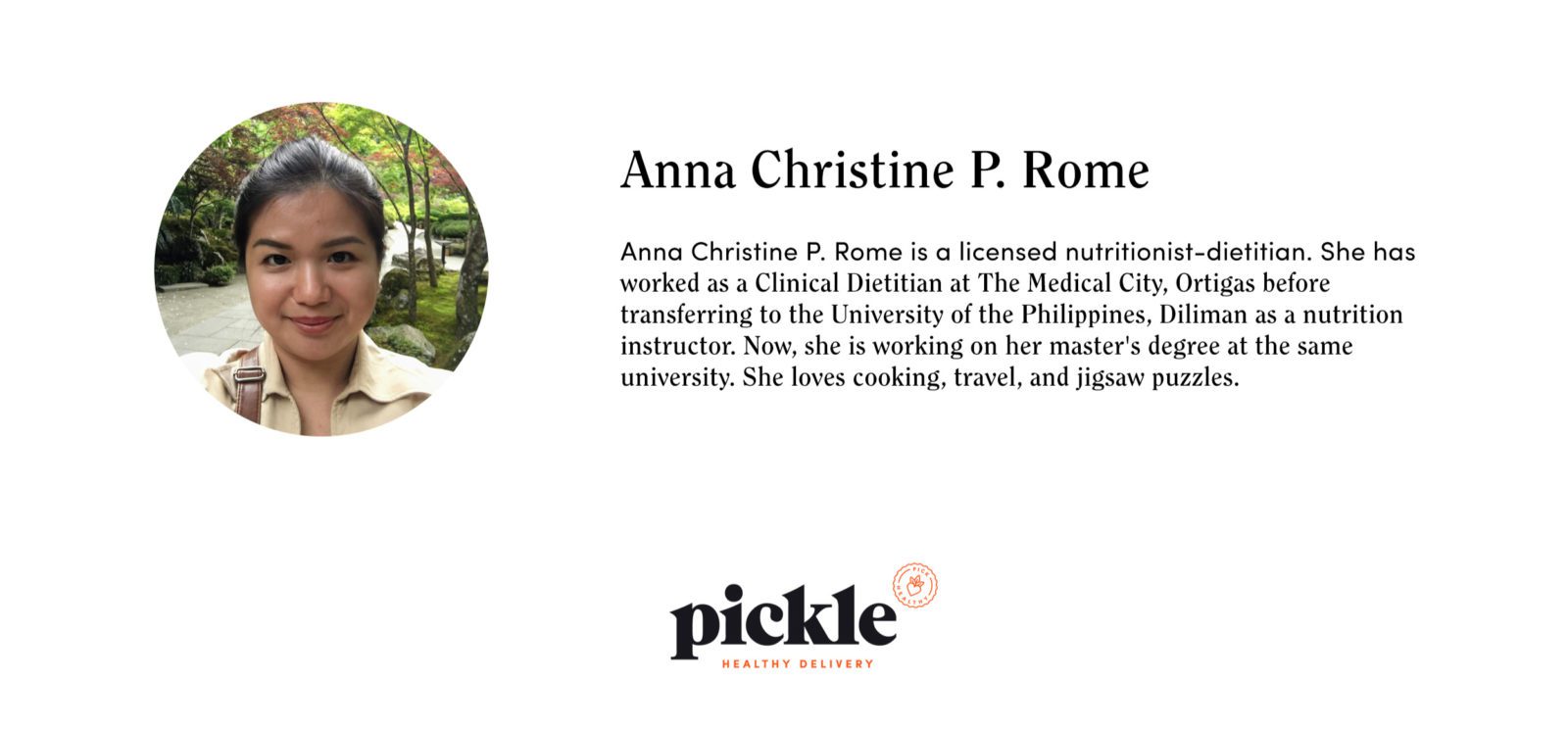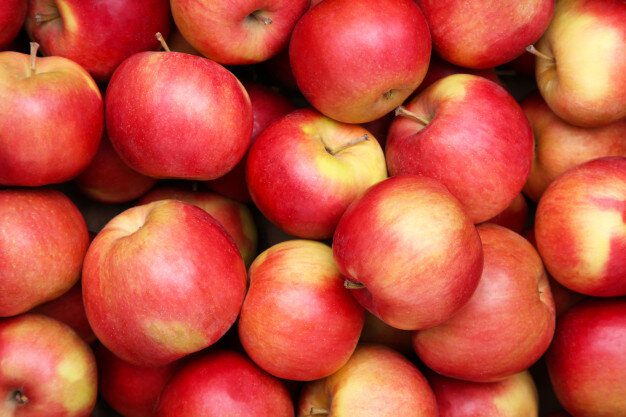The well-known saying, “An apple a day keeps the doctor away,” has been a part of popular culture for decades. Its origins trace back to Wales in 1866, when it first appeared as, “Eat an apple on going to bed and you’ll keep the doctor from earning his bread.” By 1913, the phrase had been refined into its modern, concise form—simple, memorable, and easy to share. It’s no surprise that this is often one of the first pieces of health advice children hear from parents and teachers alike. The apple has since become a symbol of healthy eating and education, frequently featured in public health campaigns. In a world where healthcare costs continue to rise, the appeal of a remedy as simple as eating fruit resonates with many who strive to stay healthy and reduce the need for medical visits.
But does the advice hold up to scrutiny? Researchers and the general public alike have long been curious about the validity of this age-old maxim. A study titled “Association Between Apple Consumption and Physician Visits: Appealing the Conventional Wisdom That an Apple a Day Keeps the Doctor Away,” published in JAMA Internal Medicine, sought to explore this question. The study analyzed data from 8,399 adults, who provided detailed 24-hour dietary recalls. The findings were intriguing: the evidence did not support the idea that daily apple consumption reduces doctor visits.
While the phrase remains a catchy reminder to incorporate more fruit into our diets, this research highlights the importance of looking beyond folklore when it comes to health advice.
“An Apple a Day Keeps the Doctor Away”
Yet, a lot of us will now wonder whether this tasty fruit will still be beneficial to our body. To decide on this, we must first assess the nutritional content of this forbidden fruit. First, apple contains soluble fiber called ‘pectin’. Most of the pectin can be found underneath fruits and vegetables peelings, in varying amounts. Soluble fiber like pectin helps to reduce your risk of heart disease and diabetes. More than the fiber, apples also contain substantial amounts of potassium which helps to regulate your blood pressure. It also contains vitamin C, an antioxidant, that can help you boost your immunity and fight away diseases. The colors and pigments of an apple are considered as phytonutrients. Phytonutrients provide anti-inflammatory, antioxidant protection against free-radicals that can cause inflammatory diseases like heart disease and cancer. An example of phytonutrients found in apples is quercetin. Quercetin is found in citrus pulp, apples, and onions, which is a yellow flavonoid with anti-inflammatory action towards mast cells.

And what part of the apple can you find these nutrients? If you said peelings, you are absolutely right! Most of the nutrients are concentrated underneath the peelings, just like the fiber. Thus, dietitians like me always recommend eating the whole fruit with peelings whenever possible or to peel the fruits thinly to preserve the nutrients. What about fruit juices then? Fruit juice is not comparable to whole fruits since juices contain fewer fiber that are beneficial to the body.
Apples are also a good snack or dessert option. They are sweet and tasty that children love! And with about 85% of water in 100 grams of fruit, apples can help you feel full without giving you too many calories while keeping you hydrated at the same time. Apple is also a versatile ingredient that you can include in salads and viands.

Even though apples failed the critical test on keeping us away from the doctors, this fruit can still be included in our balanced, healthy diet. Another good news is that other fruits can be included too, like oranges, bananas, grapes, and others as they function the same with apples. So why not trade your fried snacks for fresh fruits?
They may not keep the doctor away but they definitely keep diseases at bay.

We Make It Easy To Pick Healthy.
Established since 2015. We are a healthy food delivery service offering delicious calorie-controlled and macro-balanced meals. Prepared by chefs and nutritionists with your health in mind.


